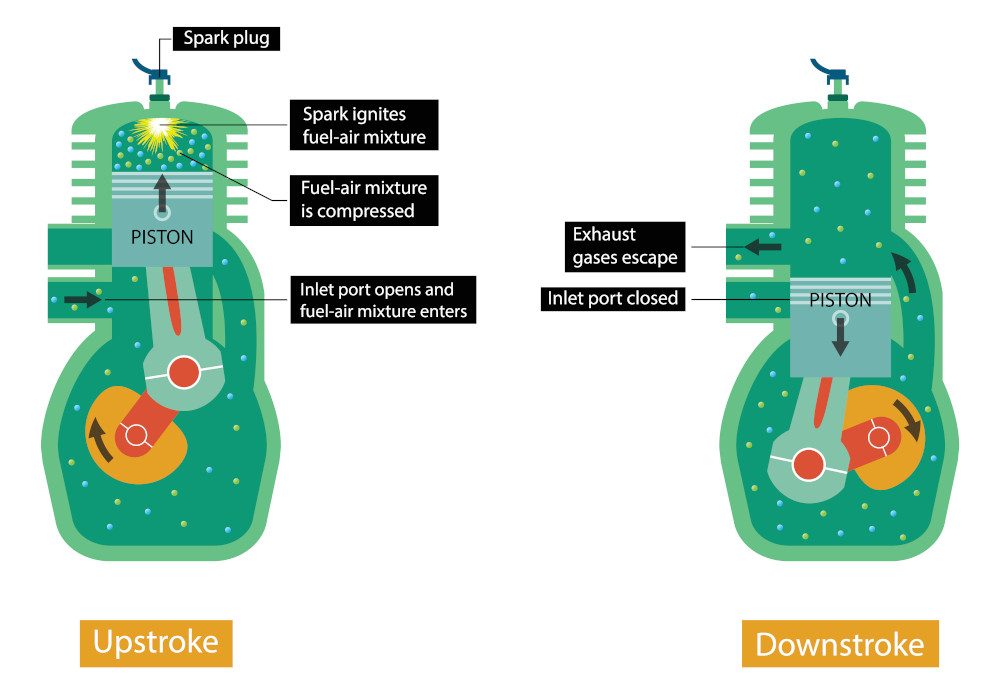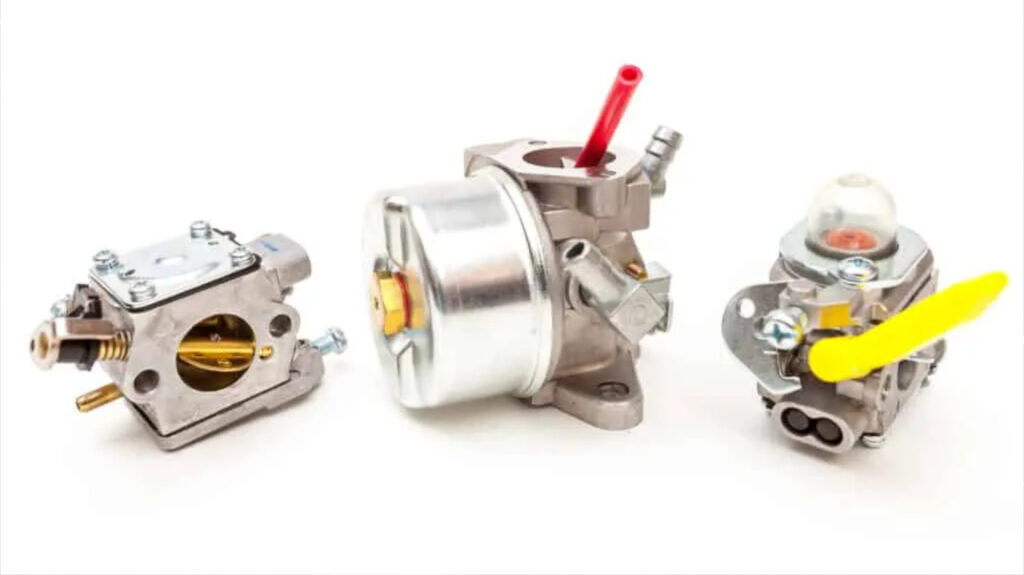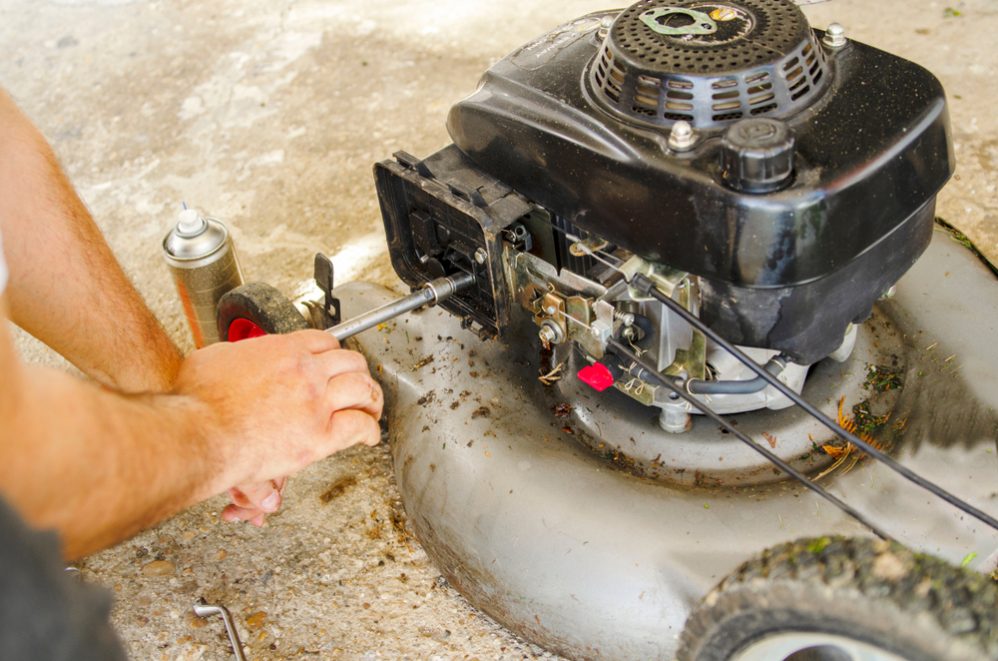A 2-stroke carburetor is a device that mixes air and fuel together to create a combustible mixture that is then burned in an engine. The carburetor is located on the intake manifold of the engine, and it is responsible for delivering the correct amount of fuel to the engine at all times.
The carburetor works by using a venturi to create a vacuum that draws air and fuel into the engine. The venturi is a narrowing of the carburetor’s intake tube, and as air flows through the venturi, it creates a vacuum. This vacuum draws fuel from the fuel tank into the carburetor, where it mixes with the air.

The amount of fuel that is drawn into the carburetor is controlled by a needle valve. The needle valve is a thin metal rod that is connected to the float bowl. The float bowl is a reservoir that holds the fuel that is drawn into the carburetor. The needle valve controls the height of the float bowl, and this in turn controls the amount of fuel that is drawn into the carburetor.
The carburetor also has a choke. The choke is a device that restricts the flow of air into the carburetor. This causes the fuel to vaporize more quickly, which makes the mixture richer. The choke is used to start the engine, as it makes the mixture richer and easier to ignite.
How a 2-stroke carburetor works in detail
The following is a more detailed explanation of how a 2-stroke carburetor works:
- The piston in the engine moves down, which creates a vacuum in the intake manifold.
- The vacuum draws air through the carburetor’s intake tube.
- The air flows through the venturi, which creates a vacuum that draws fuel from the fuel tank into the carburetor.
- The fuel mixes with the air and forms a combustible mixture.
- The mixture is ignited by the spark plug, and it burns in the engine.
The advantages and disadvantages of 2-stroke carburetors
The following are some of the advantages and disadvantages of 2-stroke carburetors:

Advantages:
- 2-stroke carburetors are simple and inexpensive to manufacture.
- They are relatively easy to maintain.
- They are lightweight and compact.
Disadvantages:
- 2-stroke carburetors are not as fuel-efficient as 4-stroke carburetors.
- They can be more difficult to start.
- They can be more prone to flooding and choking.
How to maintain a 2-stroke carburetor
The following are some tips on how to maintain a 2-stroke carburetor:
- Clean the carburetor regularly.
- Check the fuel lines for leaks.
- Replace the spark plug regularly.
- Clean the air filter regularly.
- Check the float bowl for leaks.
- Replace the needle valve regularly.
How to troubleshoot 2-stroke carburetor problems
The following are some tips on how to troubleshoot 2-stroke carburetor problems:
- If the engine is difficult to start, check the choke.
- If the engine is flooding, check the float bowl.
- If the engine is choking, check the needle valve.
- If the engine is not running smoothly, check the fuel lines.
- If the engine is losing power, check the air filter.

